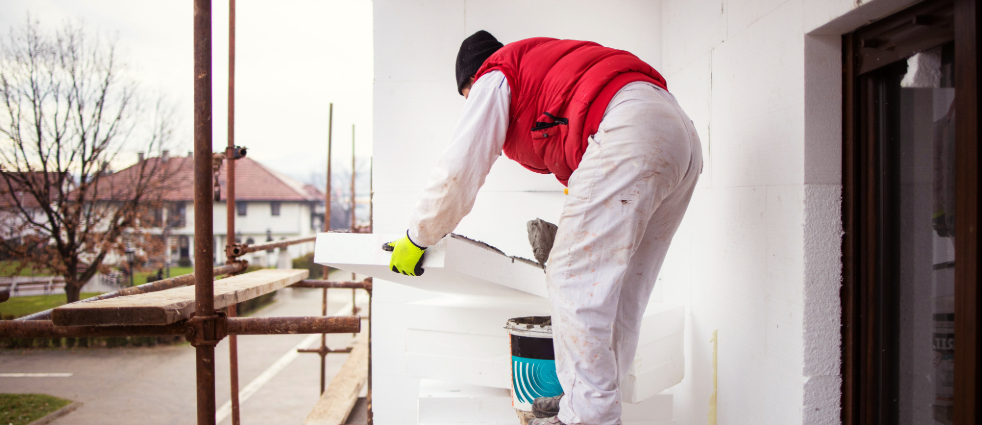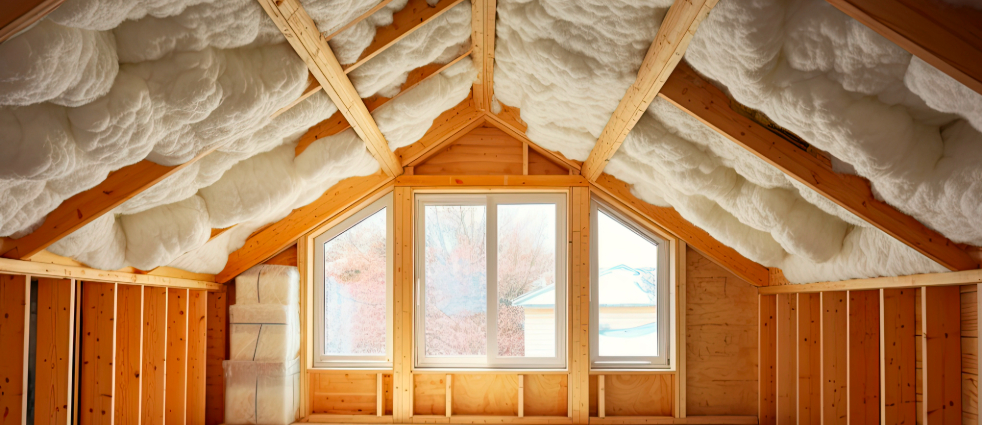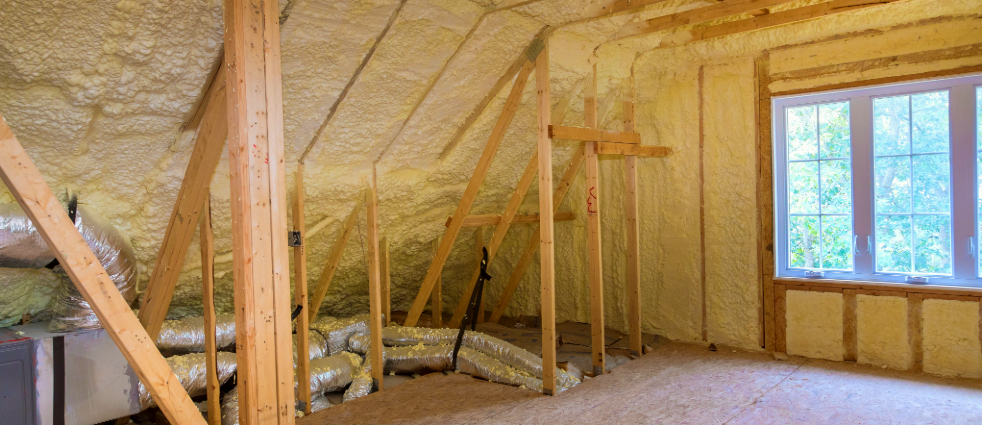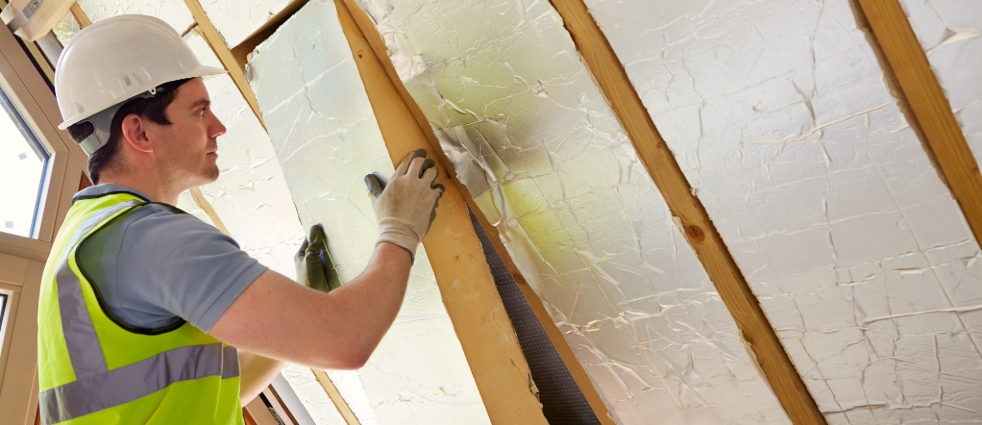A Guide to Energy Efficiency and Comfort for Your Home
Maintaining a comfortable, year-round temperature within your home while minimising energy consumption and enhancing its environmental footprint – these are the crucial objectives of effective home insulation. While newly built homes are subject to specific thermal performance standards, navigating the types of home insulation and their benefits can be challenging for homeowners embarking on renovations or construction projects.
Whether you’re collaborating with established build and design professionals or taking a hands-on approach, understanding the available insulation materials and their respective benefits and drawbacks is key to informed decision-making. This guide looks at the various types of home insulation, clarifies the significance of R-values, and explores eco-conscious alternatives.
At My Build My Way we believe in working collaboratively with our clients. By equipping yourself with essential knowledge, you can actively participate in the insulation selection process and ensure your home achieves optimal energy efficiency and thermal comfort. Let’s start by considering what home insulation does, and how it does it.
Understanding How Home Insulation Works
The latest Building Regulations in the UK, specifically Part L and the new Part O, emphasise the crucial role of insulation in achieving energy efficiency targets and improving building performance. This underscores the importance of prioritising insulation in any building project.
Think of your home as a cocoon, shielded from the harsh elements outside. That’s the essence of the approach, where insulation is used to create a thermally efficient and airtight home. This ensures minimal heat loss. Your insulation acts as a thermal blanket, trapping warmth inside your home during winter and keeping it cool in summer. This reduces reliance on heating and cooling systems, reducing energy bills, and increasing comfort.
While keeping your home’s temperature regulated is important, insulation’s benefits extend far beyond comfort:
- Energy Efficiency. By reducing reliance on heating and cooling systems, insulation plays a key role in lowering energy consumption and minimising your carbon footprint.
- Sustainability. Choosing eco-friendly insulation materials further contributes to environmental responsibility.
- Noise Reduction. A well-insulated home acts as a barrier against external noise pollution.
- Fire Resilience. Certain insulation materials offer enhanced fire resistance, adding a layer of safety to your home.
Types of Insulation to Choose From
There is now a huge range of materials that can be used for home insulation, so many in fact that it can be a little overwhelming. Let’s take a look at some of the options available:
Foam Plastics:

- Expanded Polystyrene (EPS). High thermal performance, affordable, moisture-resistant, but flammable and has environmental concerns. Comes in rigid boards and loose-fill beads.
- Extruded Polystyrene (XPS). Superior moisture resistance and R-value compared to EPS, but even more flammable and not eco-friendly. Primarily used in exterior applications.
- Polyurethane (PU) Spray Foam. Excellent air sealing and R-value, fills irregular gaps, but expensive, requires professional installation, and has potential health concerns during installation.
Eco Insulation:

- Rockwool/Mineral Wool. Made from recycled materials, offers good fire resistance, sound absorption, and moisture resistance. Available in loose-fill, batts, and boards.
- Sheep’s Wool. Natural and sustainable, good thermal performance, fire-retardant, but can be more expensive than other options. Available in batts and rolls.
- Hemp. Biodegradable and renewable, good thermal and acoustic insulation, but the cost can be higher. Primarily used in batts and rolls.
Recycled Insulation:

- Cellulose. Made from recycled paper, excellent sound absorption, fire retardant, but requires proper ventilation and vapour barriers. Available in loose-fill form.
- Cotton. Made from recycled textiles, good thermal performance, breathable, but R-value is lower than some other options. Available loose or in rolls.
- Recycled Plastic. Made from post-consumer plastic bottles, offers good thermal performance and is moisture-resistant, but availability and environmental impact vary depending on the source and processing. Primarily used in loose-fill and batts.
Remember, the choice of insulation depends on various factors like budget, application, environmental impact, and desired performance. Consulting with your architect or builder is important to determine the most suitable solution for your specific project.
R-Values – The Key to Thermal Efficiency
When it comes to home insulation, understanding R-values is crucial because they help you to navigate thermal performance. Simply put, an R-value is a number that tells you how effectively a material resists the flow of heat. The higher the R-value, the better the insulator, essentially acting like a thermal barrier that keeps your home warm in winter and cool in summer.
Imagine two walls, one with a high R-value and another with a low R-value. Heat will readily flow through the low-R wall, escaping your home in winter and making it feel cold. In contrast, the high-R wall acts as a formidable shield, keeping warmth inside. This translates to lower energy bills, improved comfort, and a more sustainable home.
But R-values aren’t just about the number. Several factors influence a material’s thermal resistance:
- Material composition. Different materials have inherent insulating properties. Mineral wool, for example, boasts a higher R-value than polystyrene.
- Thickness. The thicker the material, the greater its resistance to heat flow. Think of it like adding layers to a coat for extra warmth.
- Density. Generally, denser materials offer better insulation, packing more insulating particles into the same space.
However, it’s important to remember that R-values are not fixed constants. Real-world factors like temperature, ageing, and even moisture exposure can slightly alter a material’s thermal performance. For example, compressed insulation in a wall cavity might have a lower R-value than advertised.
Therefore, it will be helpful to talk to professionals about the ideal R-values for your specific project. They can consider the climate, building materials, and desired level of efficiency to recommend the right insulation solutions for your home.
Retrofitting Insulation for Home Extensions

Adding a home extension is an exciting way to gain extra space and enhance your living experience. But alongside the joy of new walls and windows comes the crucial consideration of thermal comfort and energy efficiency. That’s where retrofitting insulation comes in.
Building regulations, while setting minimum standards for thermal performance in extensions, allow for slightly lower insulation levels compared to new builds. However, opting for higher R-values and improved air tightness in your extension goes beyond just meeting regulations. It’s an investment in the overall energy efficiency of your entire home.
A well-insulated extension integrates with your existing thermal envelope, minimising heat loss and optimising your heating and cooling systems. This translates to lower energy bills, a more comfortable living environment, and a reduced carbon footprint.
Feeling More Informed About Types of Home Insulation?
At My Build My Way, we’re here to support you every step of the way with your loft conversion, home extension or renovation. Our goal is to connect you with the finest local building companies, including some of the UK’s most reputable ones. We ensure that you can secure the best contractor, offering top quality at the most competitive prices.
Our service is not only reliable but also entirely free for you to use. Why wait any longer to explore the possibilities? Reach out to us today at 0333 772 2356, and let’s start discussing how we can support your home improvement plans?
